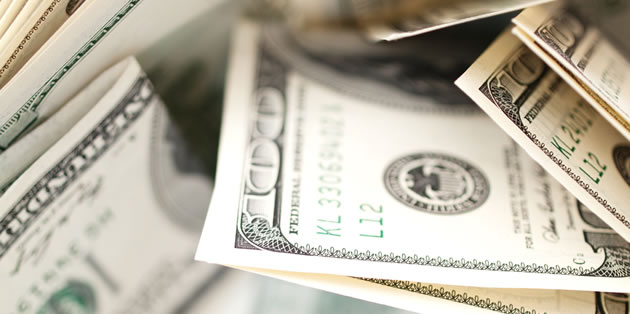The Euro to US Dollar (EUR/USD) exchange gave up some of its earlier gains on Thursday afternoon as better-than-forecast jobless claims data out of the USA supported the ‘Greenback’. The Euro was holding close to the 9-week high it achieved earlier as improved Eurozone inflation data continued to support.
The Euro to US Dollar (EUR/USD) Exchange Rate Eased To Trade in the Region Of 1.1161
Earlier in the session, the EUR/USD exchange rate reached a session high of 1.1250. The single currency had been buoyed by the release of data, which showed that unemployment in Germany fell to its lowest level in 24 years in April. Separately, Spain’s economy was shown to have expanded by a bigger than expected margin of 0.9%, economists had been forecasting a rise of 0.8%.
The biggest supporter of the Euro however, was data showing that the Eurozone escaped deflation in April. According to Eurostat, inflation ticked up from -0.1% to zero. The improved figure suggests that the European Central Bank’s (ECB) €1 trillion quantitative easing programme is working in helping to send inflation higher.
‘Headline deflation is over. The drag of energy prices on headline inflation should gradually diminish further in the course of this year and our baseline scenario is for headline inflation to slowly rise, surpassing 1% by the end of the year. Taken together with an improving macro outlook, a pickup in bank lending and absent a deepening of the Greek crisis, ECB-president Draghi could face increasing questions about the continued need for quantitative easing in the second half of the year,’ said Teunis Brosens, an economist from ING.
US Data Supports US Dollar (USD) Exchange Rate
As the session progressed, the US Dollar managed to move away from session lows against the Euro (EUR), Pound Sterling (GBP) and other major peers after data showed that the number of Americans filing for initial unemployment benefits fell to the lowest level in 15-years.
According to the Washington based Department of Labour, the number filing for initial benefits fell by 34,000 to 262,000 in the week ending April 25. Economists had been forecasting for a fall of just 6,000.
Also supporting the ‘Greenback’ was a report out Chicago. Manufacturing activity in the Chicago area improved better than expected in April. The Purchasing Managers Index (PMI) improved to a reading of 52.3 this month, a solid rise from March’s figure of 46.3.
The positive report adds to signs that the US economy will rally strongly in the second quarter.



